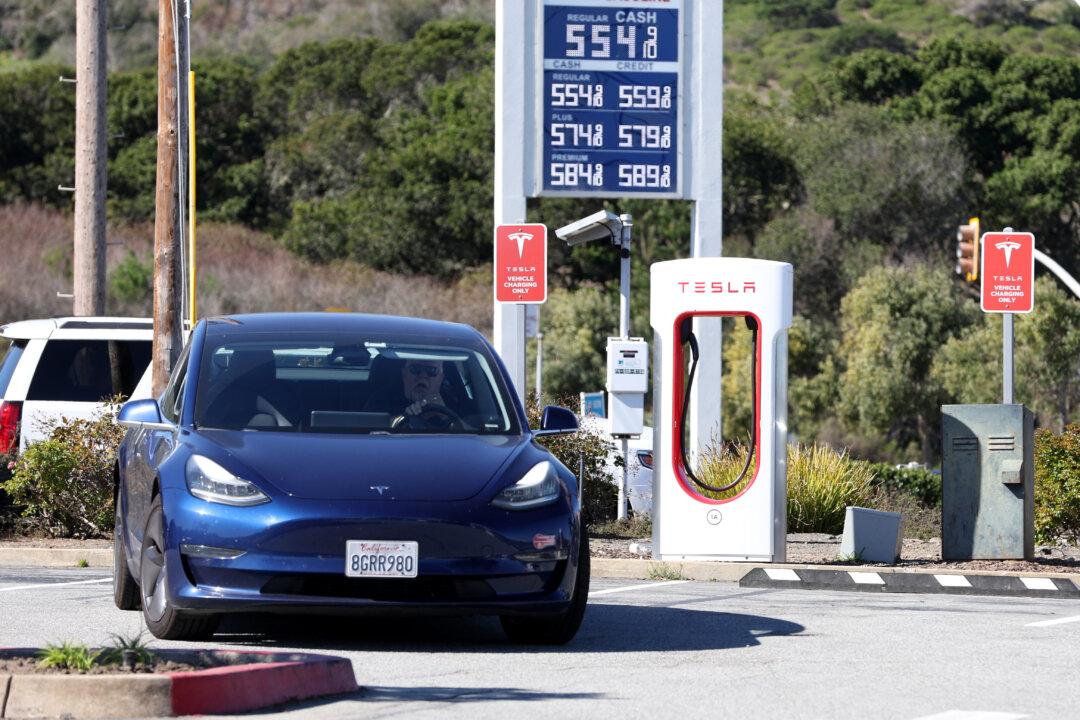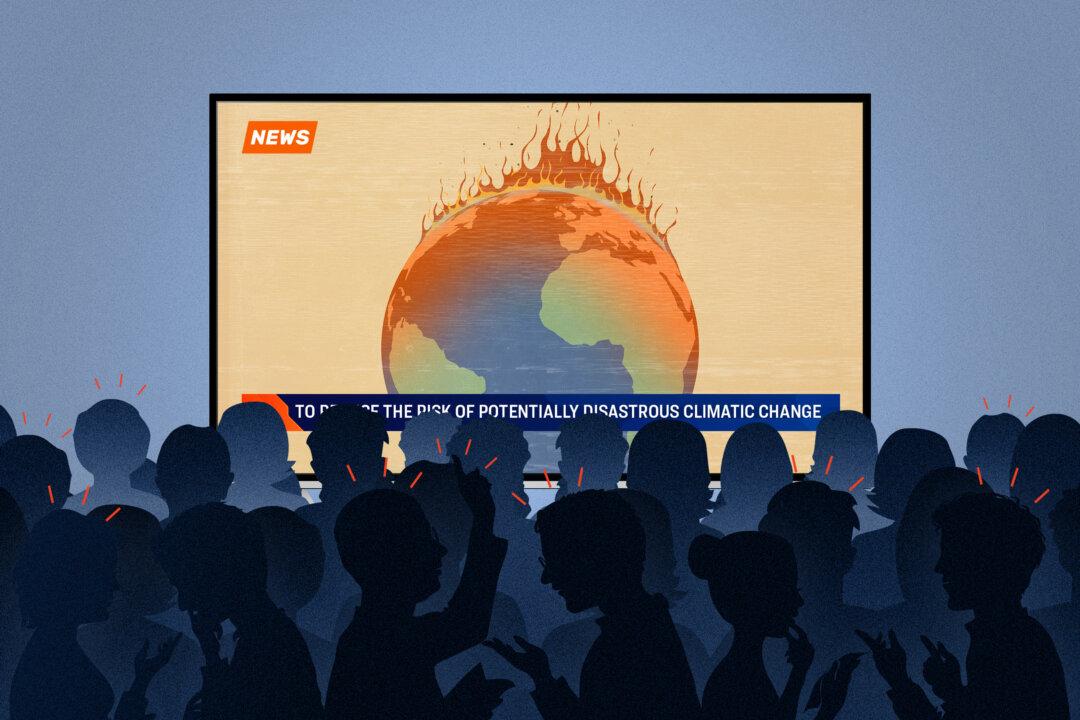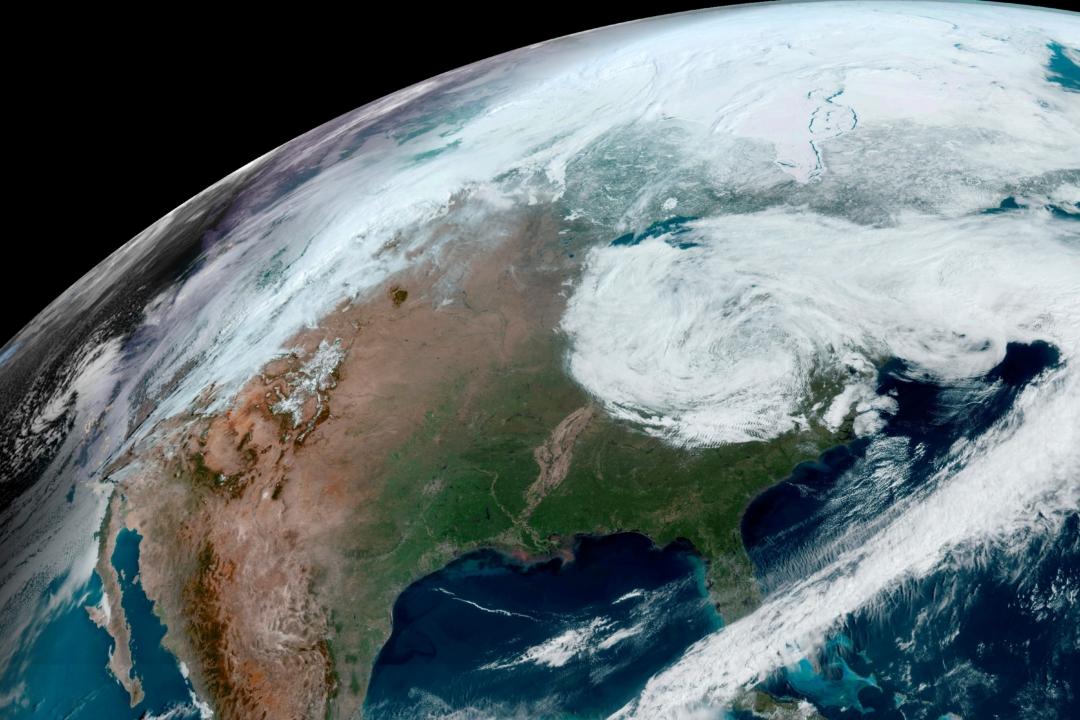In January 2021, the Biden administration announced its plans to transition the United States to 100 percent “clean” electricity by 2035, and by 2030 to have half of all new vehicles sold be zero-emission vehicles.
One hundred percent clean energy by 2035 is an ambitious goal, and adding a considerable amount of electric vehicles (EV) to the country’s power grid is forecast to increase electricity demands substantially.





